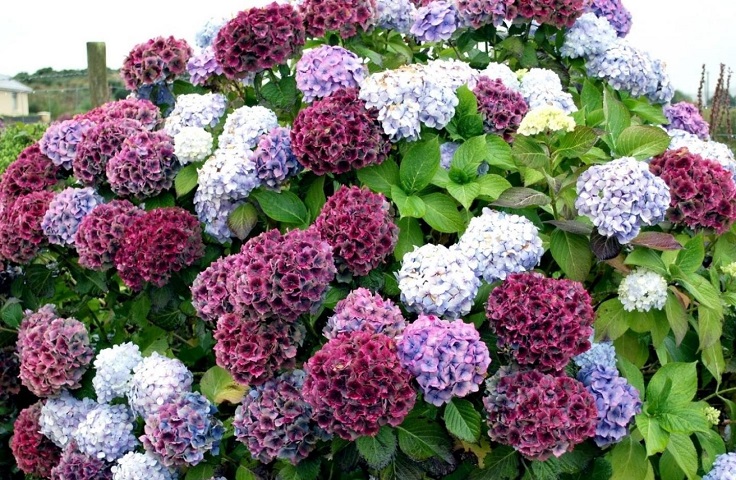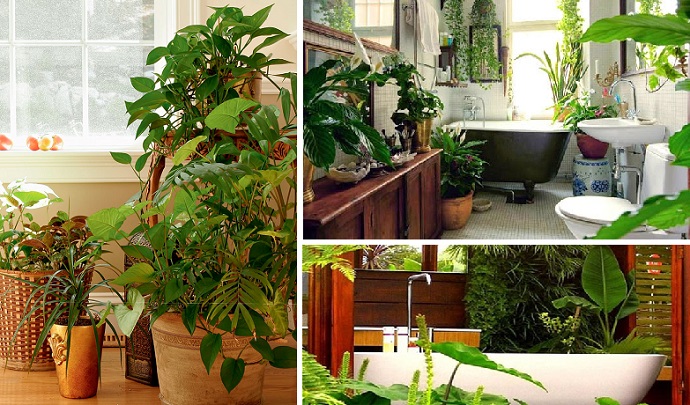As more and more Feng-shui gardens are implemented in the outdoor decoration of Western homes, Japanese Zen gardens are also increasing in popularity, as this type of garden promises a unique and exotic landscape, still providing harmony, the tranquility and calm in the environment. This garden also enhances the beauty of it surroundings which emphasize the idealized conception of Japanese style and design and its elements, mostly employed in Japanese landscape architecture.

In addition to the fact that the date of its origins dates back to the 13th century, another Zen garden knowledge that we should know is that this garden also offers an excellent alternative to traditional gardens for different reasons that will be explained in this article. In addition to its advantages, we will see some basic guides to create this dry garden at home.
Zen Gardens are also known as dry Zen gardens. These spaces are specially designed for contemplation and meditation, they are composed of sand, stones, gravel and wood. Its composition gives us two advantages over classic gardens: they are cheaper to build and very easy to maintain.
To create a dry garden, it is important not to have too much space in it, even though it is spacious in order to create a simple and fluid space that invites you to relax. If your house does not have much space for a large garden, or if you want to make a small Zen garden in front of your house, you can create the garden inside a large container in front of your house as an entrance to the front door.
The first thing you have to do to make your zen garden is to choose the correct location. Next, create a kind of wooden container that can be filled with up to 10 cm of sand. The packaging itself can come in any form.
In Zen gardens, sand represents calm and tranquility, so this element must be correctly distributed throughout the area, a rake can be used to help the sand to form in a certain order. As for the stones and gravels, they represent the experiences, the obstacles of life. These could be implemented in different sizes, colors and textures as well.
The way to put the stones is something completely personal, but there are some tips that you should keep in mind, such as that the stones should always be grouped in an odd and symmetrical number (preferably 3) , and they should be placed slightly submerged in the sand, already that your visual impact will look better.
The fine shapes of the sand that we have created with the rake will greatly mark the garden, which in turn represents the fluidity of our lives. Long curved lines represent agitation, while some straight lines represent calm. The shapes given to the sand should be done through meditation, which is considered a good time to think and contemplate. Therefore, this is one of the benefits that this type of garden gives us.
Dry gardens can also be accompanied by small plants. Ferns, azaleas, magnolias, and mosses are ideal for this type of space. Bamboo is another great alternative, and even a small bonsai will be very well received in a Zen Garden. Finally, water is also an element that can be included in a Zen garden, small streams and small waterfalls are very welcome.








